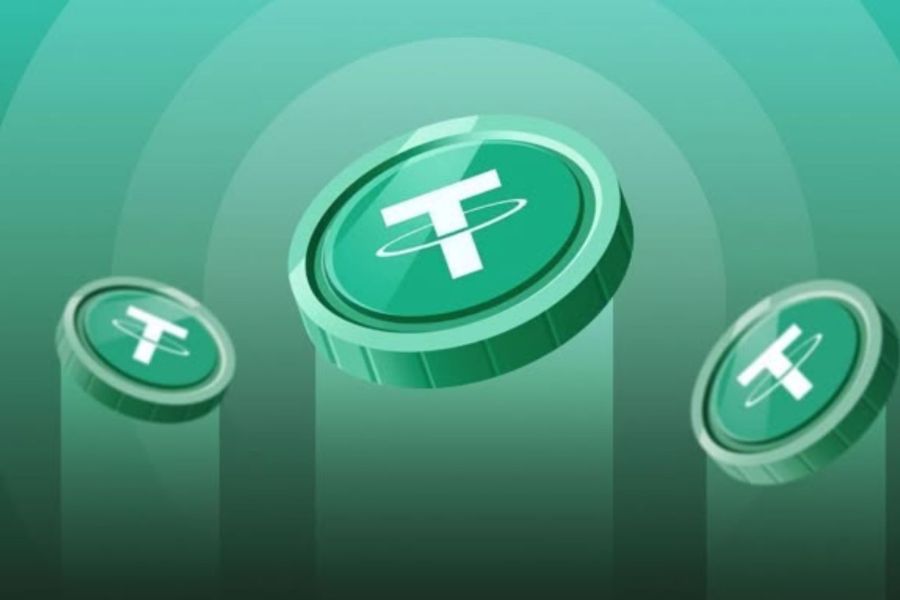Everything you need to know to protect your digital assets like a pro
As cryptocurrencies become a real alternative to traditional finance, the risks associated with their use also increase. Decentralization brings freedom, but also great responsibility: you are solely responsible for the custody of your assets.
Losing access to your wallet, falling victim to a phishing attack, or accidentally sharing your private key can mean irreversible loss of funds. There is no “technical support” to help you. That’s why this article provides a complete guide to understanding crypto security fundamentals—focusing especially on the role of private keys, fund protection, and best current practices.
What are private keys and why are they so important?
In crypto, the private key is the digital equivalent of the key to a vault. It’s an alphanumeric sequence that lets you sign transactions and access your blockchain funds. If someone has your private key, they have full control over your assets.
Private Key vs. Public Key
| Concept | Public Key | Private Key |
| What it is | Visible and shareable address | Secret and unique |
| Use | To receive funds | To authorize transactions |
| Risk | Low | High: if lost or leaked, you lose control |
Seed Phrase
A seed phrase is a set of 12 or 24 words that allows you to recover your private key.
If someone has your seed phrase, they can restore and drain your wallet.
It should never be shared, digitized, or stored in unsafe places.
Types of Wallets: Where to Store Your Crypto
Hot Wallets
Connected to the internet. Useful for frequent operations, but more vulnerable.
Examples: MetaMask, Phantom, Trust Wallet, Binance Wallet.
Risks: Phishing, malware, browser attacks.
Tip: Only use for small amounts.
Cold Wallets
Not connected to the internet. Ideal for long-term storage and large sums.
Examples: Ledger, Trezor, paper wallets, air-gapped wallets.
Pros: Immune to online hacks.
Risks: Physical loss or damage without backups.
Multisig Wallets
Require multiple key approvals to move funds. Used by companies or shared funds.
Example: Gnosis Safe.
Use cases: DAOs, institutional funds, family savings.
Smart Contract Wallets
Offer features like spending limits, social recovery, or biometrics. Becoming popular on Ethereum Layer 2 and other chains.
Best Practices to Protect Your Private Keys
1. Never store them digitally
Avoid screenshots, mobile notes, or cloud storage. Use paper, hardware devices, or fire/waterproof metal plates.
2. Encrypt your backups
If you must store keys digitally (not recommended for beginners), use encrypted USBs or tools like VeraCrypt.
3. Diversify your backups
Keep copies in different physical places: at home, in a bank safe, with a trusted person, etc.
4. Trust no one
Never share your seed phrase. If a website, app, or “tech support” asks for it—it’s a scam.
5. Use wallets with passphrase support
Some wallets let you add an extra password to your seed phrase, creating an additional security layer.
Main Threats to Your Crypto Security
Phishing
- Fake sites mimicking wallets or exchanges
- Fake emails asking for your keys
- Fake bots or profiles on social media
How to protect yourself: - Bookmark official sites
- Enable 2FA
- Check URLs and SSL certificates before connecting
Malware & Keyloggers
- Software that records keystrokes or screenshots
- Malicious browser extensions
Prevention: - Use a clean, dedicated device for crypto
- Install antivirus and run regular scans
- Don’t download unknown software
Social Engineering Attacks
- Someone pretends to be support or a friend in distress
- Convinces you to share your seed or connect your wallet
Solution: - Always verify. Never give access unless 100% sure.
Managing Security on Exchanges & DeFi Platforms
On Centralized Exchanges (CEX)
Platforms like Binance or Kraken offer high security, but you don’t control your keys. If the exchange fails, gets hacked, or restricts withdrawals, you can lose access.
Tip:
- Use CEX only for trading or fiat on/off ramps
- Withdraw earnings to your private wallet
In DeFi and Web3
Interacting with DeFi protocols means signing smart contracts, some of which may be malicious.
Tips:
- Verify contracts before approving
- Use tools like Revoke.cash to remove unnecessary permissions
- Don’t connect your main wallet to new or unknown platforms
Advanced Security for Power Users
- Multi-factor authentication (2FA or 3FA): For exchanges, email, and crypto apps
- Air-gapped wallets: Fully offline devices for ultra-secure storage
- Shamir Backup Vaults: Split your seed among people/locations; require a minimum number to recover
- Biometrics & social recovery (near future): Smart wallets like Argent or Safe aim for safer, intuitive solutions
What if I die or become incapacitated?
Most don’t think about this—but it’s essential.
What happens to your assets if you die or become mentally/physically unable to manage them?
Solutions:
- Physical inheritance instructions (safe deposit, with lawyer, notary, etc.)
- Custodial services with succession protocols (e.g., Casa, Anchorage)
- Multisig with trusted family or partners
Security Is Not Optional—It’s a Requirement
Investing in crypto isn’t just about gains—it means becoming your own custodian. That requires education, tools, discipline, and long-term vision.
Don’t live in fear—act smart. Crypto security is a habit, not a one-time task.
Quick Security Checklist
- My seed phrase is handwritten and stored safely
- I use 2FA on crypto-related accounts
- I never share my private keys or seed phrase
- I use cold wallets for large sums
- I verify contracts before signing in DeFi
- I continuously educate myself on threats and tools





